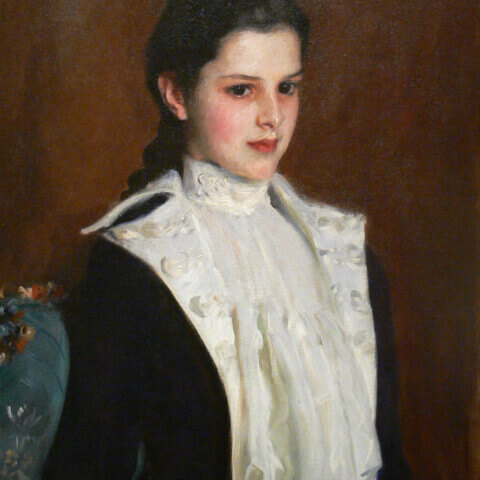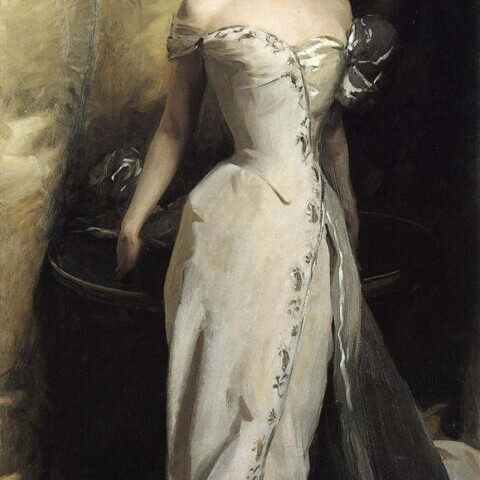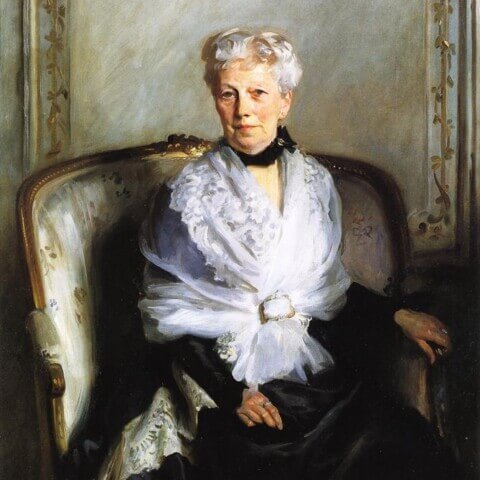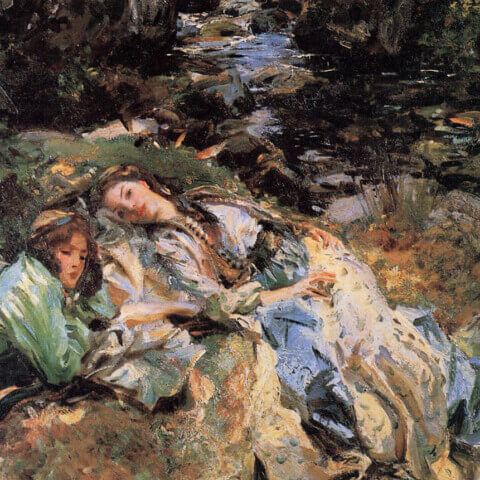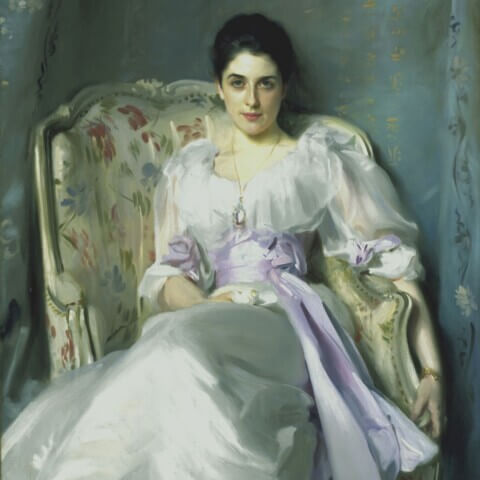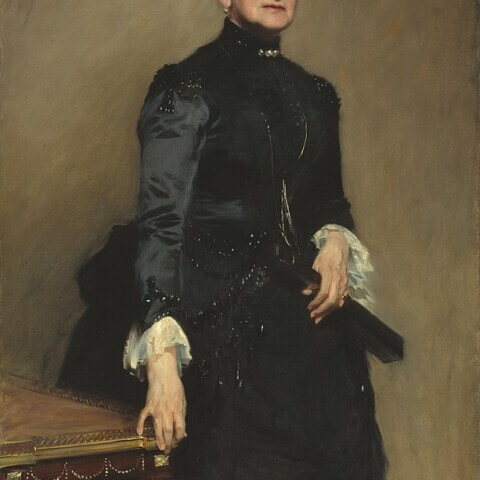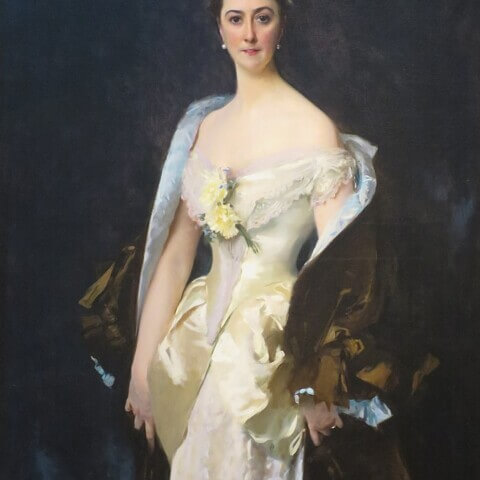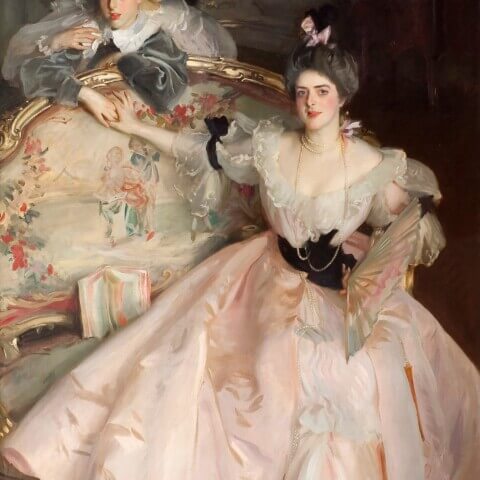John Singer Sargent

John Singer Sargent (1856-1925) was a prominent American painter, considered one of the leading portraitists of his generation. Born to American parents in Florence, Italy, he was an expatriate in Europe for most of his life, using the continent as his canvas and training ground.
Sargent showed an early interest in art and started formal training at the prestigious École des Beaux-Arts in Paris at the age of 18. He studied under Carolus-Duran, a renowned portraitist, whose influence is clearly seen in Sargent’s early works. Sargent’s blend of realism and impressionism marked a distinct style, as he deftly captured his subjects with quick, confident brushstrokes and a rich color palette.
He earned international fame with his controversial painting, “Madame X (Madame Pierre Gautreau)”, exhibited at the Paris Salon in 1884. The portrait’s sensual and audacious depiction of a high-society woman led to a scandal that prompted Sargent to move to London. In England, he quickly became a favorite of the aristocracy and the royal family, noted for his remarkable ability to portray the individuality and character of his subjects.
Sargent’s most notable works include “Carnation, Lily, Lily, Rose,” “The Daughters of Edward Darley Boit,” and his portraits of significant figures such as Theodore Roosevelt and Robert Louis Stevenson. He demonstrated his mastery not only in portraiture but also in landscape painting, genre scenes, and murals, the latter of which are displayed in prominent locations such as the Boston Public Library.
Despite his success, Sargent grew tired of portraiture later in his career, famously calling it a “pimp’s profession”. He shifted focus to landscape and watercolor paintings, exploring more informal and intimate scenes, which became popular for their fresh perspective and technique.
Sargent died in 1925 in London, but his influence continues to be felt in the art world. His paintings are held in high regard and are showcased in major museums around the globe. The vitality, elegance, and nuanced understanding of his subjects that Sargent’s works exhibit have cemented his legacy as a master of his craft.



